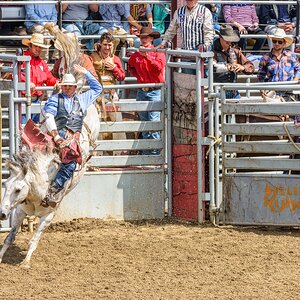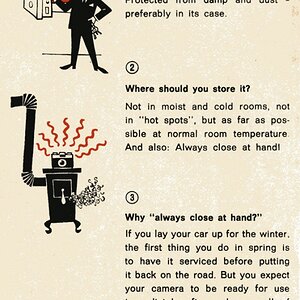Derrel
Mr. Rain Cloud
- Joined
- Jul 23, 2009
- Messages
- 48,225
- Reaction score
- 18,941
- Location
- USA
- Website
- www.pbase.com
- Can others edit my Photos
- Photos OK to edit
Yes that was a typo, and I meant to just say side. I am doing this by voice to text, and I have an iPhone SE, which has a teeny tiny screen. Regarding the back of the hand and the veins/some people have veins that are clearly visible on their hands, and one secret is to have the person raise their hands above their head for 10 or 15 seconds and then to lower their hands right before making the shot.


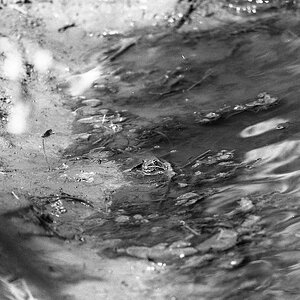
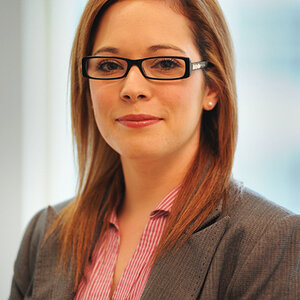
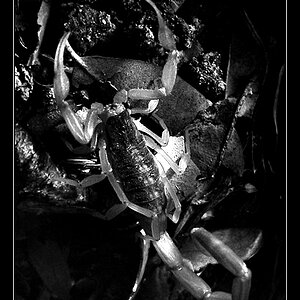
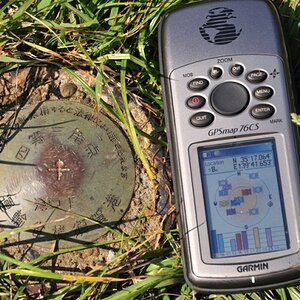
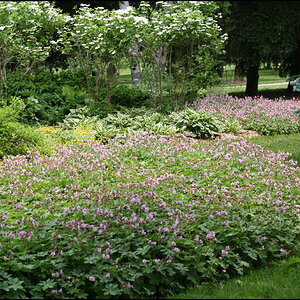



![[No title]](/data/xfmg/thumbnail/41/41778-1940e957c27e1919c300dfedbc32d1c3.jpg?1619739889)

